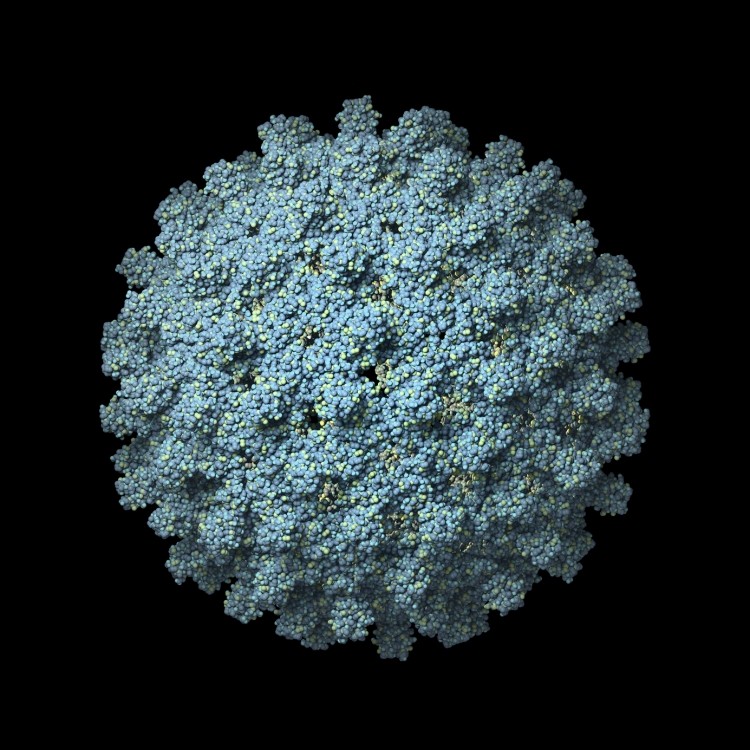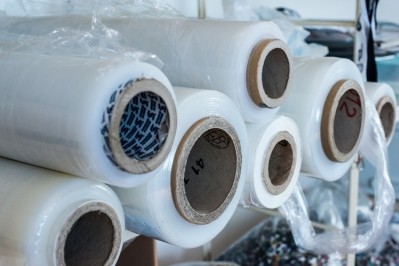MilliporeSigma to use gene editing to make more cell lines resistant to viruses

Last week, in collaboration with parent organisation Merck, MilliporeSigma launched a service that uses its zinc finger nuclease (ZFN) gene editing technology to make Chinese hamster ovary (CHO) cells immune to MVM, the minute virus of mice.
MVM infects and kills CHO cells. MVM infections at facilities have forced drug firms to discard millions of dollars’ worth of contaminated products, close facilities and invest in expensive processing technologies.
High profile examples include two incidents at Genentech in 1993 and 1994 and cases at Amgen in 2006 and Merrimack in 2009.
Karen Tiano from MilliporeSigma told us the scale of the problem may be even larger, suggesting “while these events were reported, we suspect additional MVM contamination events have occurred and simply went unreported.
“These types of viral contaminations can cost companies tens of millions of dollars and result in loss of drug supply to patients as well as have a damaging effect on company reputation” she added.
Infection
MVM infects CHO cells by binding 2, 3-linked sialic acid residues on their outer membranes. This triggers the virus to be taken into the cell by other proteins.
It would be possible to prevent infection by knocking out the genes that encode the sialic acid receptors; however these proteins also help determine the glycosylation profiles of proteins the CHO cells express.
Any alteration of these genes would therefore have a detrimental impact on biopharmaceuticals produced in the modified cells.
MilliporeSigma's new service – called the Centinel programme – takes a different approach. The idea is to use ZFN editing to modify the genes that encode proteins involved in taking MVM into CHO cells rather than those involved in binding.
Tiano said: “The life science business of Merck identified a genetic modification that blocks the viral uptake into the cells, rendering the modified cells impervious to the threat of the virus.
“The ZFNs targeting this gene are available as part of the Centinel Intelligent Virus Defense system. In addition, genetic engineering services to create MVM resistance cell lines are provided by the life science business of Merck.”
Wider application
Preventing MVM infection is the focus of the Centinel programme. However, the ZFN approach could also be used to protect other cell lines from other viruses as Tiano explained.
“This concept can certainly apply to expression systems other than CHO as well as viruses other than MVM that contaminate commercial processes.
“We have initially focused our efforts on the most common causes of contamination in animal component free manufacturing processes but have plans to expand this new approach to viral risk mitigation as the industry demands.”

















